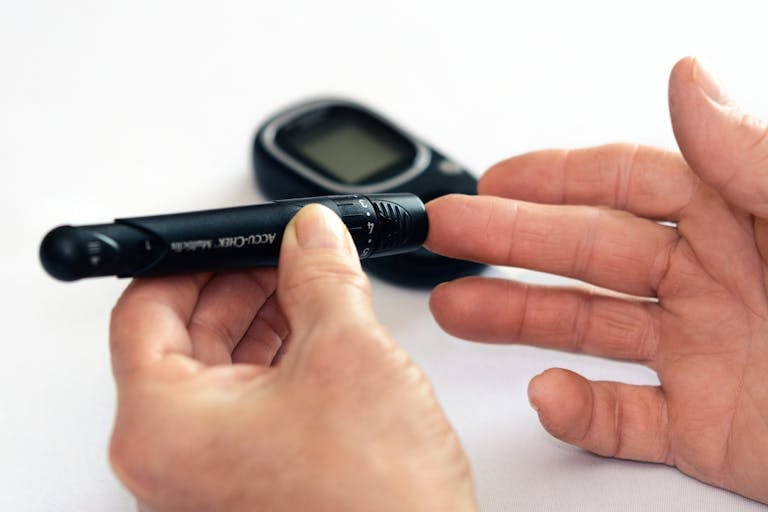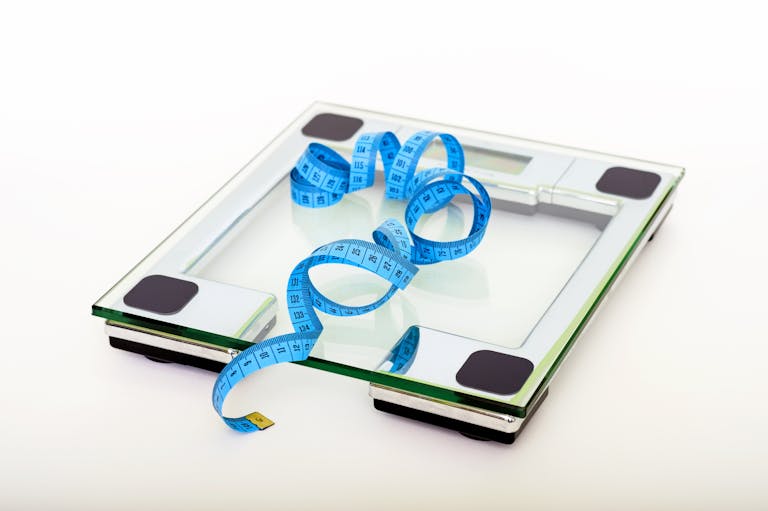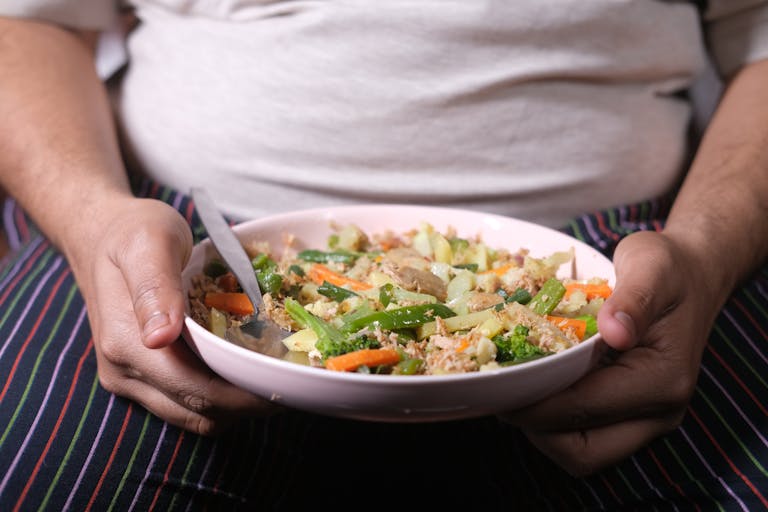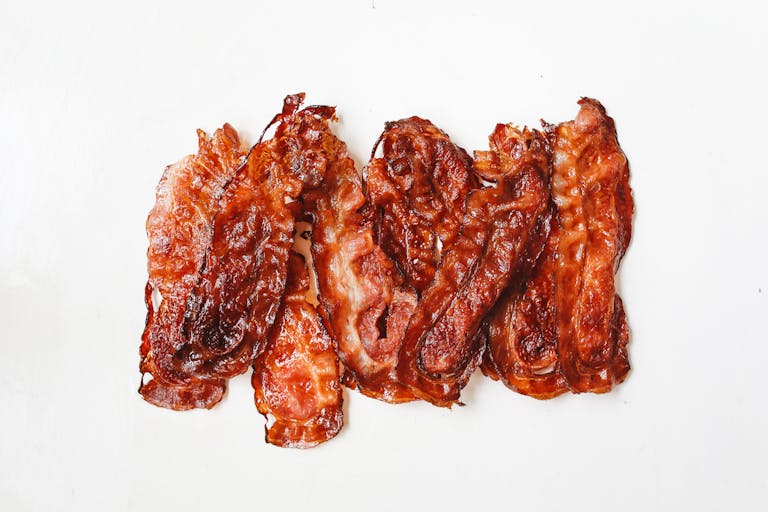DMT Shows Promise in Protecting the Brain After Stroke

A new study published in Science Advances has revealed that DMT (N,N-dimethyltryptamine), a naturally occurring compound found in plants, animals, and the human brain, may significantly reduce brain damage caused by stroke. The research was carried out by scientists at the HUN-REN BRC Institute of Biophysics and the Semmelweis University Heart and Vascular Centre in Hungary. Their findings suggest that DMT could become a valuable tool in treating stroke by protecting the blood–brain barrier and reducing neuroinflammation, two critical factors that influence recovery outcomes.
What the Researchers Did
To test DMT’s potential, the scientists conducted experiments using a widely accepted rat model of stroke known as transient middle cerebral artery occlusion (tMCAO). In this setup, blood flow to part of the brain is temporarily blocked and then restored, mimicking the process of ischemia followed by reperfusion in human stroke cases.
Alongside animal models, the team also used in vitro blood–brain barrier coculture models. These were made from primary rat brain endothelial cells, pericytes, and glial cells placed under conditions simulating stroke-like injury and recovery. This allowed researchers to directly observe how DMT affected the integrity and stability of the blood–brain barrier (BBB) after damage.
By combining animal studies with cell culture experiments, the team was able to look at both whole-brain outcomes (such as infarct size and edema) and detailed cellular responses (like inflammation and junction protein recovery).
Major Findings
The results were compelling. Rats treated with DMT after stroke showed:
- Smaller infarct volumes: The areas of dead brain tissue caused by stroke were significantly reduced in treated animals.
- Less edema: Brain swelling was lower compared to control groups, an important factor since swelling can worsen neurological damage.
- Restoration of BBB integrity: DMT helped repair tight junction proteins in the blood–brain barrier, preventing further leakage and damage.
- Lower inflammatory response: Levels of proinflammatory cytokines and chemokines dropped in both brain endothelial cells and peripheral immune cells.
- Reduced microglial activation: Microglia, the brain’s resident immune cells, were less active and displayed fewer inflammatory features.
- Improved astroglial function: Astrocytes, which support neurons and the vascular system, maintained healthier function when DMT was administered.
- Favorable serum proteome changes: Blood protein analysis showed a shift toward patterns associated with neuroprotection and reduced inflammation.
How DMT Works in This Context
The study pointed to the Sigma-1 receptor as a key player in DMT’s effects. The Sigma-1 receptor is a chaperone protein found in many parts of the body, including the nervous system, and it influences cell survival, stress response, and inflammation.
DMT is known to bind to several receptor systems, including serotonin receptors, but the protective effects observed here were largely linked to Sigma-1 activation. This suggests that the compound’s influence on cellular stress pathways and immune regulation plays an important role in reducing stroke damage.
Because DMT has multiple modes of action, it may act on the vascular system, the immune response, and the glial environment simultaneously. This multifaceted influence could make it uniquely suited as a complementary therapy in stroke treatment.
Why This Matters for Stroke Treatment
Stroke is one of the leading causes of death and long-term disability worldwide. Current treatments—such as thrombolysis (clot-busting drugs) or mechanical thrombectomy (removing clots physically)—focus on restoring blood flow. While effective, these approaches are limited by time windows (often a few hours after stroke onset) and don’t always lead to full recovery.
What makes DMT exciting is its dual action:
- Protecting and repairing the blood–brain barrier
- Reducing harmful inflammation
This means DMT could complement existing therapies by not just restoring blood flow but also minimizing secondary damage that occurs after reperfusion. In theory, this could improve both survival and long-term recovery outcomes.
The researchers emphasized that while these findings are encouraging, clinical trials in humans are still ongoing, and more work is needed to confirm long-term safety, dosing strategies, and functional recovery outcomes.
Adding Context: What is DMT?
DMT, or N,N-dimethyltryptamine, is a psychoactive compound most famously known as the active ingredient in the traditional Amazonian brew ayahuasca. It naturally occurs in many plants and animals and is also produced in small amounts by the human body, including in the brain.
Historically, DMT has been studied for its hallucinogenic effects when taken at higher doses. It produces intense, short-lived psychedelic experiences, which has led to its classification as a controlled substance in many countries.
But beyond its psychedelic reputation, DMT has drawn scientific interest because it interacts with a variety of receptors, including serotonin and Sigma-1, which play roles in neuroprotection, plasticity, and cell survival. This makes it a candidate for medical uses, including neurodegenerative diseases, brain injury, and now, stroke.
The Sigma-1 Receptor and Its Role
The Sigma-1 receptor has gained attention in neuroscience for its involvement in protecting cells under stress. Located in the endoplasmic reticulum of cells, it regulates calcium signaling, oxidative stress, and apoptosis (programmed cell death).
In stroke, neurons and endothelial cells undergo ischemic stress, which can cause barrier breakdown and inflammation. Activating Sigma-1 helps stabilize cell membranes, reduce oxidative damage, and keep inflammatory processes under control.
DMT’s ability to stimulate this receptor could be the cornerstone of its protective action in stroke therapy.
Challenges and Considerations
Despite the promise, several challenges must be addressed before DMT could realistically become part of mainstream stroke care:
- Translational gap: Results in rodents don’t always translate directly to humans.
- Psychoactive properties: At certain doses, DMT causes intense hallucinations, which may not be desirable or safe in stroke patients.
- Optimal dosing and administration: Researchers need to determine how much DMT, when to give it, and how to deliver it effectively.
- Timing: Stroke therapies must be applied quickly. Whether DMT’s benefits extend beyond the critical time window remains unclear.
- Long-term outcomes: Most data so far focus on short-term measures like infarct size and edema. Effects on cognition, movement, and rehabilitation over months still need study.
- Legal barriers: As a controlled substance, DMT’s medical use would require special approvals and regulatory changes in many countries.
Other Uses Being Explored
Interestingly, DMT is not the only psychedelic compound being studied for medical use. Compounds like psilocybin, MDMA, and ketamine are already undergoing trials for mental health disorders such as depression and PTSD.
In the case of DMT, beyond stroke, there is interest in its potential for:
- Neurodegenerative diseases (like Parkinson’s and Alzheimer’s)
- Traumatic brain injury (TBI)
- Addiction treatment (when paired with psychotherapy)
The Hungarian team’s work on stroke adds another dimension to the ongoing discussion of how these compounds might be safely repurposed for medical care.
Conclusion
The new research highlights DMT’s remarkable ability to reduce stroke damage by repairing the blood–brain barrier and calming neuroinflammatory responses. While still in early stages, this discovery paves the way for new approaches that go beyond traditional stroke therapies.
If further clinical trials confirm safety and effectiveness in humans, DMT—or drugs inspired by its mechanism—could represent a groundbreaking shift in how stroke is treated. Instead of focusing only on restoring blood flow, doctors may one day use DMT to protect the brain itself from cascading damage.





